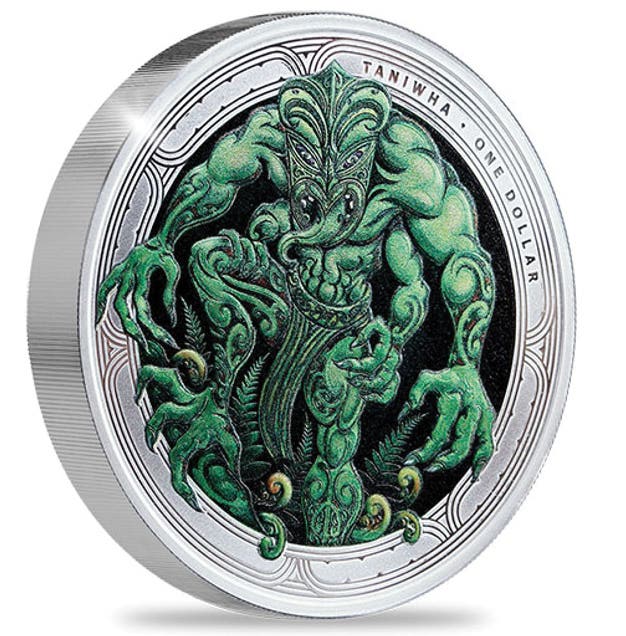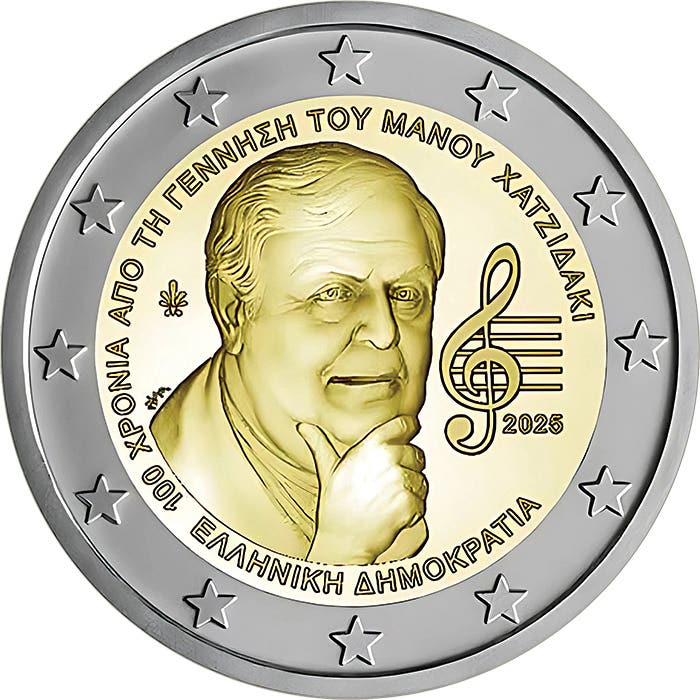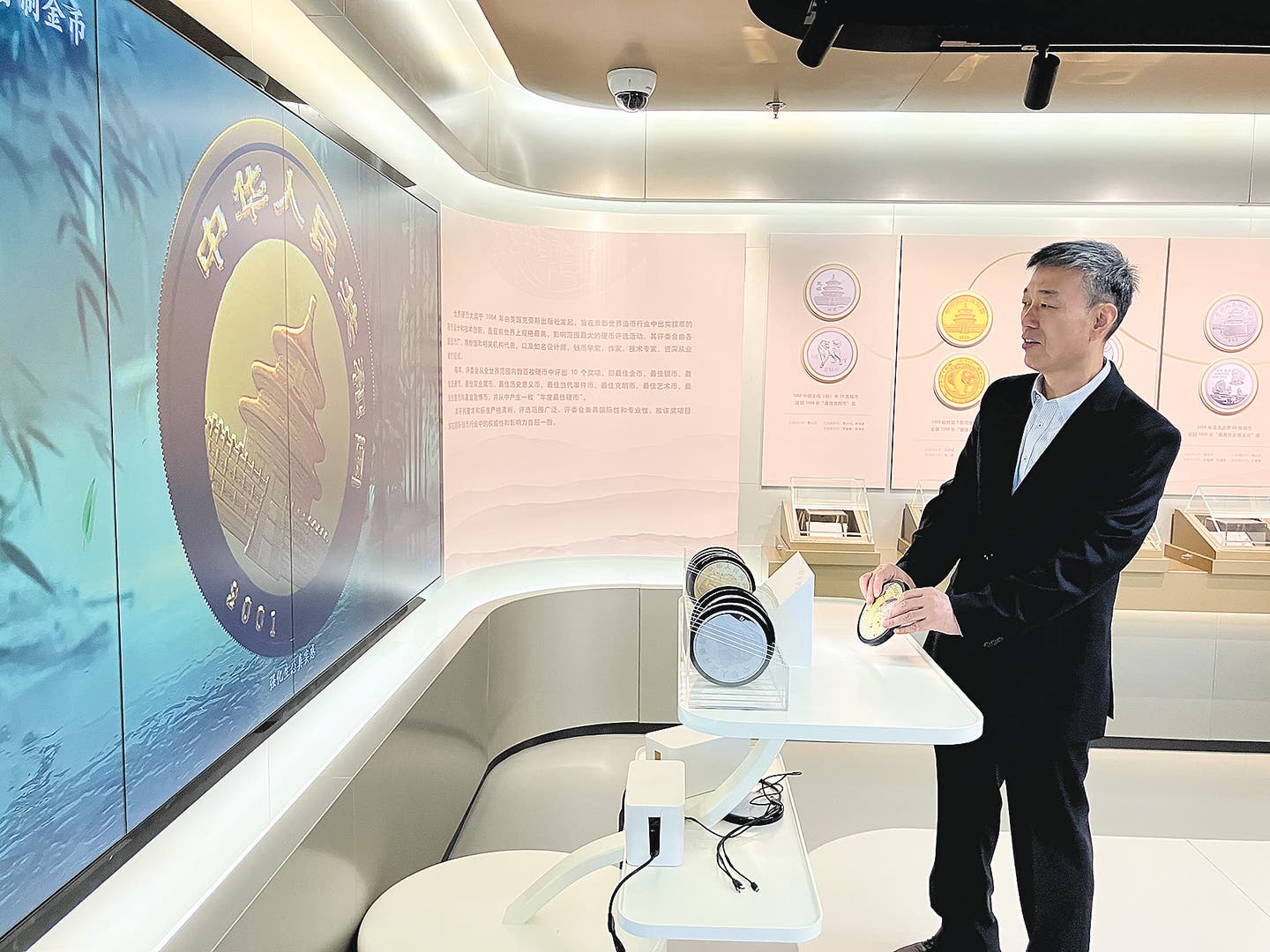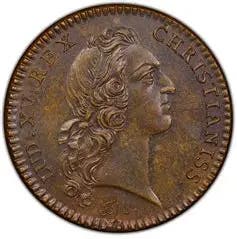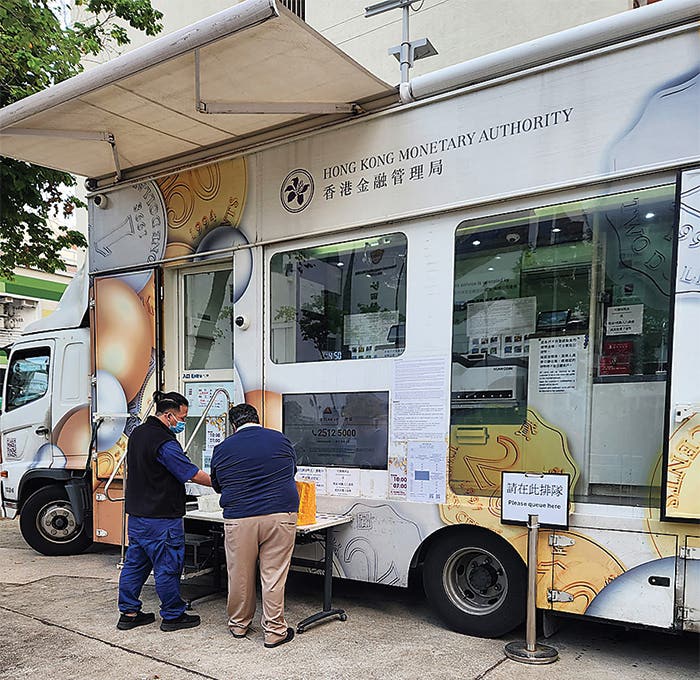Award-Winning Joaquin Jimenez Strikes Again
For the last several years Monnaie de Paris has collaborated with distinguished French institutions to salute ‘Creations Sublimant Excellence’ [works of sublime quality] in coin. Examples to date have included…
For the last several years Monnaie de Paris has collaborated with distinguished French institutions to salute ‘Creations Sublimant Excellence’ [works of sublime quality] in coin. Examples to date have included Cartier and Baccarat crystal.
This year the Louvre gets the nod. It is represented by its most famous possession: da Vinci’s masterwork, the Mona Lisa or La Gioconda. This painting is the best known and most visited artwork in the world. It was among the first artworks to be exhibited in the Louvre when it became a national museum during the French Revolution. It and the Louvre are one. As such it is highly appropriate it is now the subject of the 2019 ‘Creations Sublimant Excellence’ coins.
Four coins depict the famous painting on their obverses: a 37 mm, 31.104 g (1 oz) .999 fine silver high relief €20; a 22 mm, 7.78 g (1/4 oz) .999 fine gold €50; a 37 mm, 31.104 g (1 oz) .999 fine gold €200; a 50 mm, 155.50 g (5 oz) .999 fine gold €500. Mintages are 3,000, 1,000, 500 and 50 respectively. The common reverse shows differing views of aspects of the Louvre’s architecture.
In addition, the mint’s award-winning creative director of engraving, Joaquin Jimenez, has created a 100 mm, 1000.00 g .999 fine gold €5,000 on which La Giaconda is set against an aerial view the museum’s Pei Pyramid and flanked by columns that reproduce the design of the painting’s frame.
The reverse presents a portrait of da Vinci. Included are two of his better-known works The Vitruvian Man and one of his flying machines. Nineteen examples of the €5,000 have been struck.
For those who may have spent much of their lives off-planet, The Mona Lisa is a half-length oil portrait of Lisa del Giocondo painted by Italian artist Leonardo da Vinci probably between 1503 and 1506.
Ms. Lisa del Giocondo, née Gherardini, was the wife of Francesco del Giocondo, a wealthy Florentine silk merchant. The Italian name of the painting is a pun on the Giocondo family name, ‘La Gioconda’ meaning “the joyful/happy one’.
There is debate among art historians as to whether more than one portrait of Ms. Giocondo was made by da Vinci. Whatever the truth, somewhere along the line at least one was acquired by King Francis I of France. Post-revolution this became the property of the French Republic and since 1797 has been on permanent display at the Louvre Museum. Oddly it did not become appreciated and lauded in the way it is today until the early 20th century.
Today it carries insurance valuation of well over $500 million. It is protected in a climate-controlled bulletproof glass case. This has kept it safe from at least three 20th century attempts of vandalism. Some 6,000,000 people view it every year.




